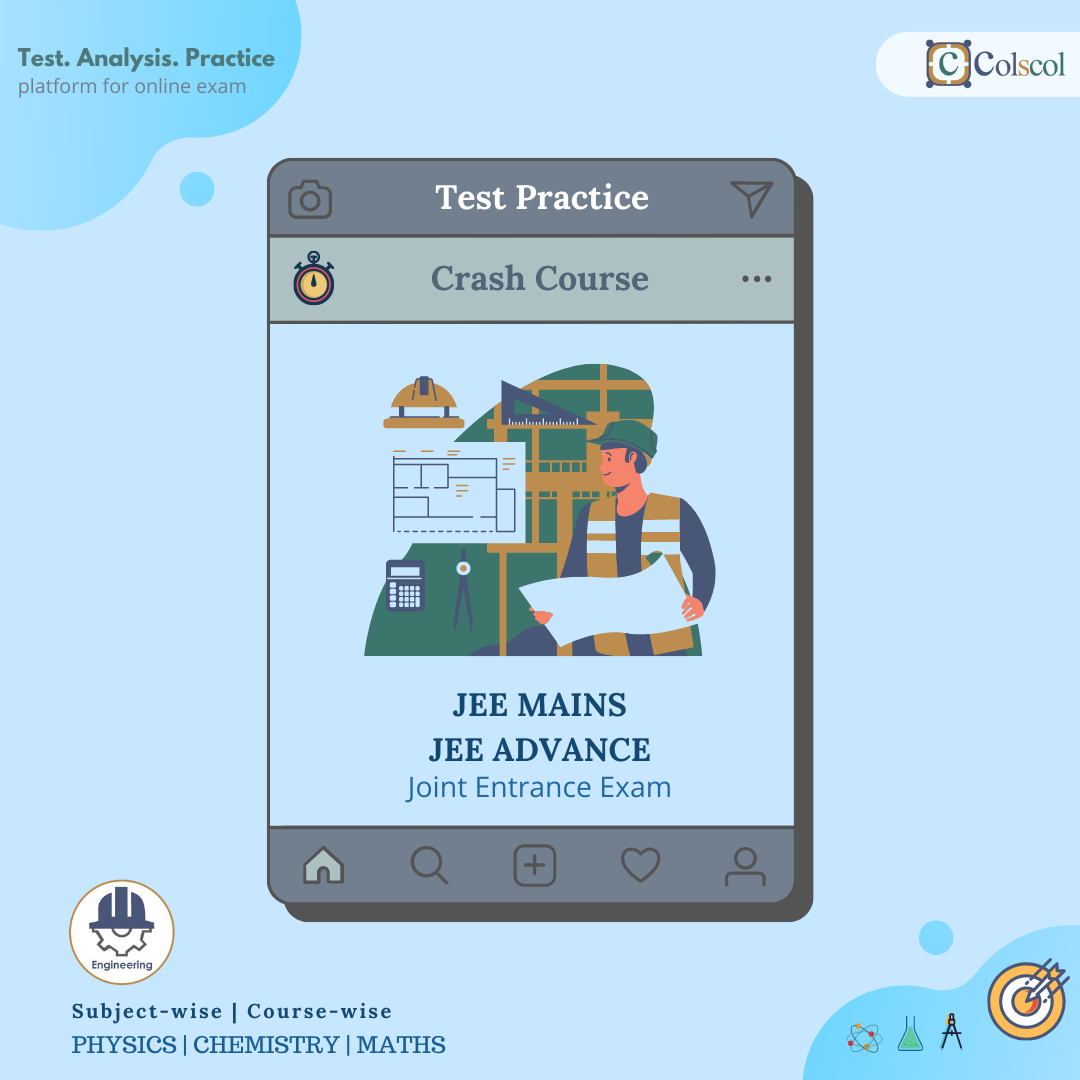CBSE syllabus always maintains a standard, If a student has trouble understanding a topic related to Business Studies, the student can go through questions and answers related to each topic covered in Class 12 BFM- Business Financial Management.
Some of the topics Covered include :
TOPICS
-
- Financial Management
- Financial Markets
- Marketing
- Consumer Protection
1.A. Meaning of Business Finance
1.B. Describe Financial Management
1.C. Financial Management in our Enterprise
1.D. Meaning of Capital Structure
1.E. Choice of an Appropriate Capital Structure
1.F. Meaning of Fixed Capital and Working Capital
1.G. Affecting the Requirement of Fixed And Working Capital
2.B. Meaning of Money Market and Instruments
2.C. Nature and types of Capital Market
2.D. Between Money Market and Capital Market
2.E. Meaning and functions of Stock Exchange
2.F. Functioning of NSEI and OTCEI
2.G. Role of SEBI in investor protection
3.B. Between ‘ M A R K E T I N G ’ and ‘Selling’
3.C. List out Important Functions of Marketing
3.D. Role of Marketing in the Development Economy in a Firm
3.E. Elements of Marketing-mix
3.F. Classify Products into Different Categories
3.G. Factors Affecting Price of a Product
3.H. Types of Channels of Distribution
3.I. Tools of Promotion
4.B. legal framework for consumer protection in India
4.C. Describe Consumer Rights in India
4.D. List out Consumer Responsibilities
4.E. Ways and Means of Consumer Protection
4.F. Role of Consumer Organisations and NGO’s



